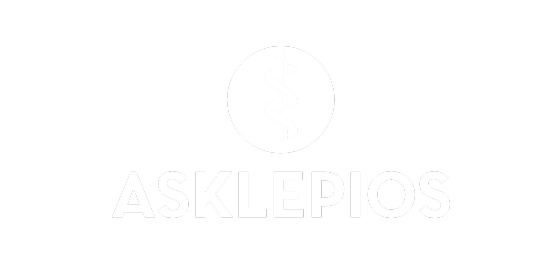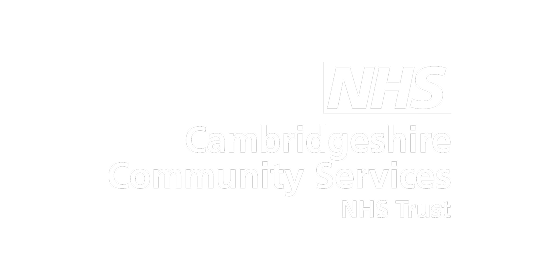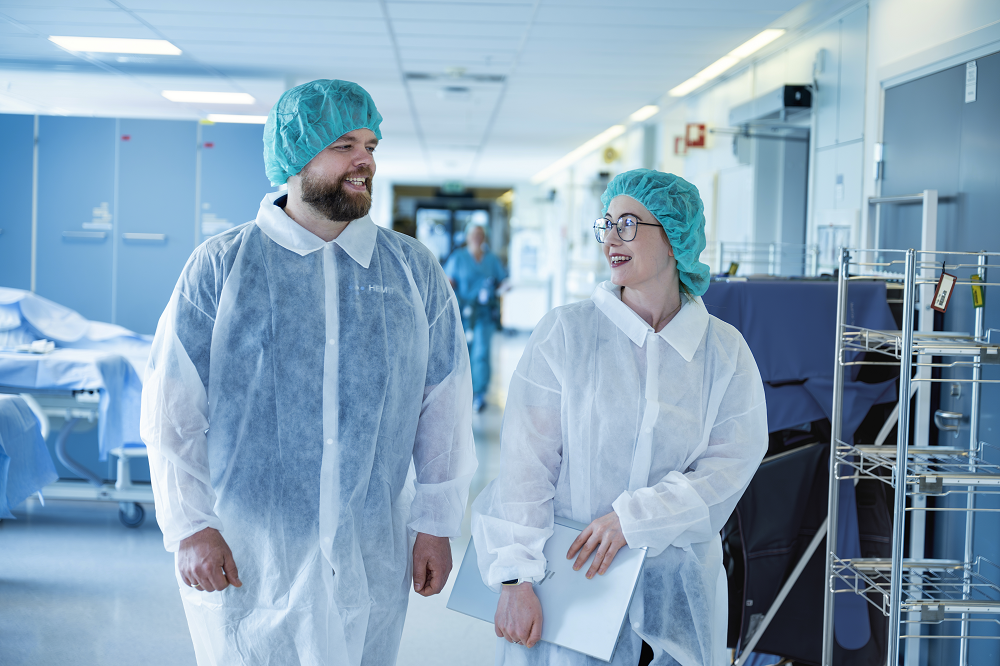
Region:Europe
Industry:Healthcare
Client:Central and North West London NHS Foundation Trust
Automation saves time for clinicians in North West London

18
processes automated
£370,000
manual effort saved a year
70
automation ideas in the pipeline
56
hours a day saved in clinical settings
Client Overview
Central and North West London (CNWL) NHS Foundation Trust provides healthcare services throughout London, Milton Keynes, Surrey and beyond. It touches on every stage of a person’s life, offering care via GPs, hospitals, in the community, and people’s own homes.
The UK’s National Health Service (NHS) includes 217 Trusts, which deliver care to the region where they’re based. CNWL NHS Foundation Trust does so for parts of London and the surrounding areas. It’s a huge undertaking, which includes managing over 8,000 people and delivering 300 different health services across 150 sites.
The sheer complexity of such an organization can be daunting. Within it there are thousands of processes, all of which play a role in assuring the health and wellbeing of patients. It must constantly improve and evolve to keep up with the ever-increasing demands placed on the NHS.
Doing so requires new technologies and innovative thinking to stay ahead. That’s why CNWL partnered with NHS England’s (NHSE) Corporate Services Transformation Program Team to explore robotic process automation (RPA) as part of a wider project.
An automation pilot ensued and, through close collaboration with the subject matter experts within the Trust and an external development partner, an initial plan to deliver four automated processes eventually evolved to a total of eight successfully deployed automations.
One of the first automations that was delivered guaranteed employment agency invoices were uploaded and checked for validity and accuracy before payment. What had previously taken back-office staff over three hours a week to process was now being completed by the robot in under thirty minutes. Employing RPA for this process also removed tedious error identification and correction, which if incomplete would result in the process having to be restarted completely, sapping the capacity of frontline clinical team managers, who had been validating the invoices.
Other automations focused on similarly time-consuming, administration heavy processes across finance, procurement and human resources, freeing employees for more value-added tasks while removing the potential for human errors in data processing.
Automation in clinical settings
The Trust was so impressed with the pilot that it looked to implement automation in clinical settings, with the help of implementation partner Channel 3 Consulting. Together, they started with the School Immunization Team. CNWL manages one of the largest school-aged-child immunization programs in England, providing up to 100,000 vaccines during the academic year.
Traditionally, the immunization team used a paper-based system for parental consent. Staff then manually added the data to its electronic record system, called SystmOne. This had to take place within five days of immunization for reporting purposes. The entire process was slow, open to error, and cumbersome. When COVID hit, the need to deliver vaccines skyrocketed. The system simply couldn’t have continued. Wiktoria Banda is a Consultant for Channel 3 Consulting.
We had cabinets of forms to be processed. The Trust was employing temporary staff and nurses were weighed down by paperwork instead of being with patients. Mistakes were more likely to be made owing to the repetitive nature of the work.
Wiktoria Banda • Consultant for Channel 3 Consulting
“We began by attempting to automate the existing process,” Banda explains. “But the software found it hard to recognize handwriting on the forms. The error rates were too high.” It was clear the entire processes needed digitizing.
“We introduced a new system called Thomson SchoolScreener. Parents received a link to enter their child’s details and consent to a vaccine. It automatically collated the data and stored it in a structured way. When nurses attended the school, they could also scan the barcode on a batch of vaccines and add those details to the system along with the date it was administered.”
But the information still needed to be added to SystmOne. Banda says the Trust considered an API—a piece of software that allows data to flow from one system to another—but it wasn’t fit for purpose as it couldn’t add the batch number of the vaccine.
We decided to use automation to transfer the details into SystmOne. Each academic year, we save 26 hours of work a day, equivalent to three staff being paid £98,500.
Wiktoria Banda • Consultant for Channel 3 Consulting
Developing the automation team
Recognizing the potential of automation, CNWL has continued to explore appropriate use of the technology more widely. With ongoing automations and a growing pipeline, the Trust is using its own resources and people to implement best practices. It’s also partnering with trusted third-party experts to establish a Center of Enablement capable of implementing automation at scale.
“We’ve worked hard to bring people on the journey with us,” Banda explains. “We spent a lot of time telling them what automation is and how it can help. We really won hearts and minds.” This included running a crowd-sourcing campaign to find processes suitable for automation. There are 70 in the pipeline.
However, before the team embarks on them, Banda’s keen to ensure even stronger governance is in place. “We’re setting out a strategy to ensure processes meet our criteria. Is structured data available? Is the process logical? Is the system stable or likely to change? These are all questions we need to ask ourselves before automating.”
This means staff get better results. “They love it,” enthuses Banda. “We have a very close relationship with the immunization team in particular. We transformed its process end-to-end with new laptops, a new e-consent system, bar code scanners and automation—all replacing paper.”
This fondness led to software robots receiving personalities. We give them names and faces. We have Reggie, Rhiannon and Robbie working for the School Immunization Team.
Wiktoria Banda • Consultant for Channel 3 Consulting
In total, there are now 12 robots working across the Trust, including those supporting clinical settings. The rest help HR and finance. To support these back-office functions, CNWL is training three citizen developers to create their own small automations. “It tends to be the case that finance colleagues are used to working with Excel and building macros. This makes them well suited for building their own robots,” Banda adds.
Planning and advice
The Trust is looking forward to a bright future for automation. It’s now considering using artificial intelligence (AI) to create intelligent automations.
When asked what advice Banda has for other healthcare organizations embarking on an automation program, she pauses to think. “Engagement is key,” she says after careful consideration. “You need to spend time telling people about the software and what it’s capable of. This builds trust. Colleagues must often learn new systems and it can sometimes be a drain on their time. Automation is different. It saves them hours. As a result, clinicians come to us all the time asking for robots. They’re very eager.”
Her second piece of advice is to remember that process re-engineering and automation go together.
It’s important to avoid automating inefficient processes without first improving them. Use the software as a tool for process innovation and end-to-end transformation, rather than simple task automation.
Wiktoria Banda • Consultant for Channel 3 Consulting
Thirdly, she talks about the “80/20 principle.” By this she means automating 80 percent of the tasks that offer the most significant benefits and then evaluating the cost and complexity of automating the remaining 20 percent.
Finally, she adds, “Break down processes into clearly defined modular parts. Design with future automation needs in mind, analysing processes for reusable components. This will achieve faster and cheaper implementation, with consistency and lower maintenance.”
This final point couldn’t be more important. Time and resources are at a premium in the NHS. It’s under greater pressure than ever. Saving precious hours is vital—whether for the automation team or for nurses providing care.
Because we’ll all need medical support at some point. From the moment we’re born, to the end of our lives. And when we need help, we want to know the trained professionals we rely on have the time to give us what we need. Automation is fulfilling that vision.
Related case studies
Ready for your own case study?
Speak to our team of knowledgeable experts and learn how you can benefit from agentic automation.






